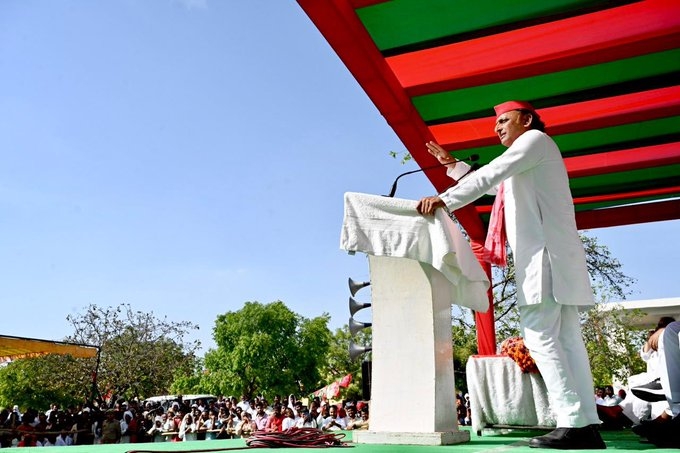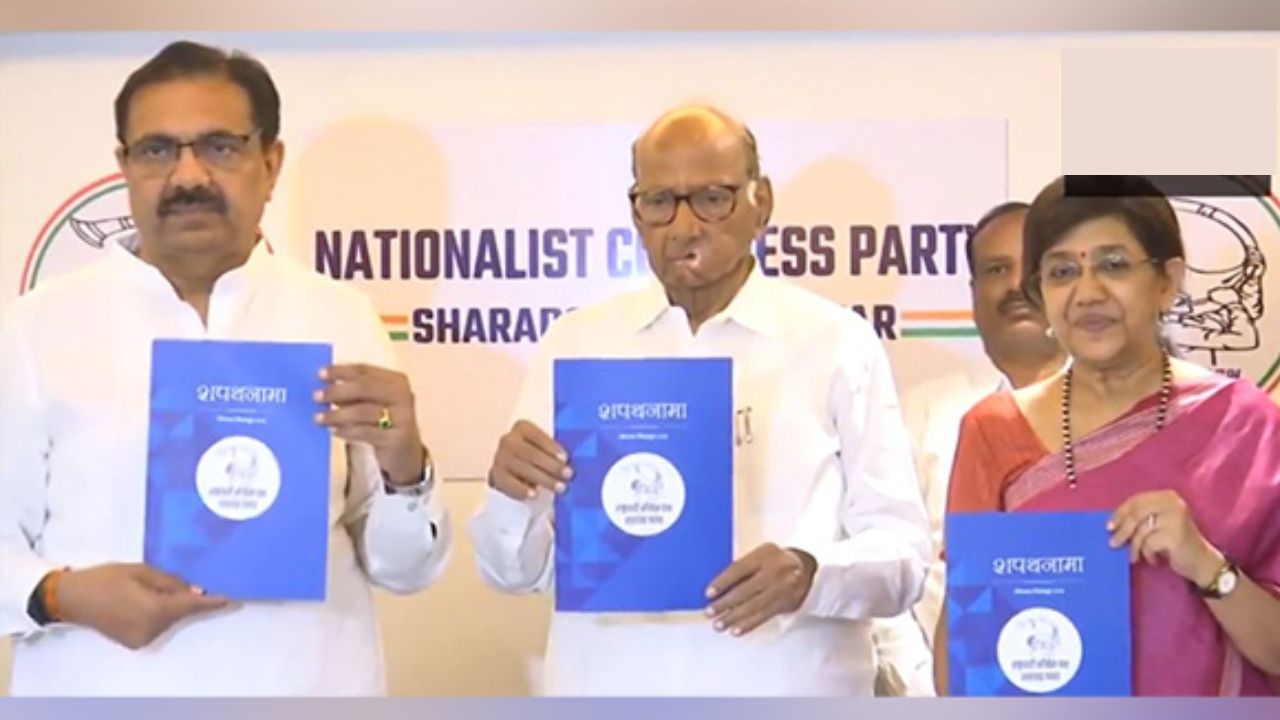Homeless show the way: India is playing at a football World Cup
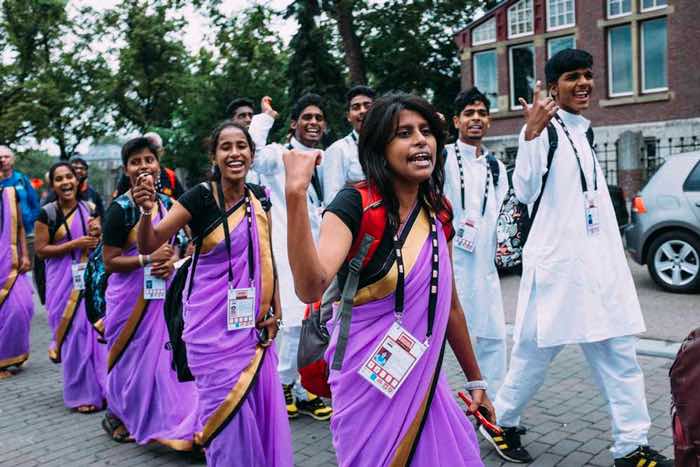
The tournament
- The Homeless World Cup was conceptualised by Mel Young and Harald Schmied in 2001
- It has been an annual event since 2003
- Its mission is to change the lives of 100,000 homeless people every year
- It has four-a-side matches with rolling substitutions among a squad of eight on a small field
Indian connection
- Indian teams have been competing at the Homeless World Cup since 2009
- While they haven\'t reached the semi-finals yet, they\'ve generally played well
- But the tournament has inspired homeless men and women by giving them confidence
Indian football fans have always bemoaned the absence of the national team from the FIFA World Cup.
But for the last seven years, another kind of Indian team has been representing the country in a different type of World Cup - one for homeless people. Oh, and the Indians also beat Spain 10-3 in 2011.
Origins and mission
The Homeless World Cup was conceptualised in 2001 by Scottish entrepreneur Mel Young and his friend Harald Schmied. The latter ran a street paper for homeless people in Graz, Austria.
The aim was to make a positive impact on the lives of homeless people around the world, using the beautiful game as an instrument of inspiration and socio-economic change.
Since its first edition in 2003, they have been pretty successful in doing so, continuing to make a positive change in the lives of around 100,000 homeless people annually. Eighty percent of the players who participate in the World Cup have managed to turn their lives around.
The model is fairly simple - the Homeless World Cup partners with an organisation that uses sport as a means of change in society in each country. This organisation then sends a team to participate in the tournament, held in a different country each year.
The homeless youth go back with the belief that they have the power to make a positive intervention in their lives.
The Indian connection
In India, the mantle of annually sending a team to this fast-growing tournament has been taken up by 'Slum Soccer', an organisation founded back in 2001 in Nagpur by Vijay Barse.
It offers opportunities to play sports and organise personal development programmes for disadvantaged youth across India.
The 13th edition of the Homeless World Cup is currently on in Amsterdam. Indians have participated each year since 2009 and although neither the men nor the women have ever reached the semi-finals, they have always given a good account of themselves.
This year, the men's team crashed out of the group stage, playing one match each against hosts Netherlands, Russia, Northern Ireland, France and Finland. It recorded a 7-1 win against Finland.
The women's team has fared better, beating teams like Egypt, Denmark and Finland to qualify for the next round of the tournament.
But more than the results of the matches, the tournament's significance lies in the fact that it gives these youngsters an opportunity that they wouldn't have ever dreamed of.
Agent of change
Rohini Pashte, 17, played for the Indian women's team in the 2014 Homeless World Cup in Chile. Hailing from the Jalna district of Maharashtra, she had to drop out of school in class IV, after the death of her father, to help out her mother, a daily wage labourer.
Fortunately, a government-supported boarding school for underprivileged girls took her on board, where she started playing football at the age of 14.
She told the official Homeless World Cup website that she used football as an instrument to fight the pressure of child marriage in her community.
Indians have been participating in the annual Homeless World Cup since 2009. And they're doing well
"I fought that through football because, when we do something new, it brings a change in our parents' thinking. I want to progress by way of sports. I am the first girl from my village to play the game. I would practice in the fields, but people would discourage me," Rohini said.
"From the time I was selected for the international tournament, they started looking at sports positively. Now, nobody raises the topic of marriage, and I can convince them that I want to do something in life. I can now speak out."
Search for leadership
Abhijeet Barse, son of Slum Soccer founder Vijay, looks after the operations of the organisation across the country. It organises an annual national championship that comprises of 16 to 18 teams from across the country. From these, they shortlist 32 players each year for the World Cup.
These 32 go through a training process, out of which only eight are selected for the tournament. The criteria for selection, says Abhijeet, is not just football skills. "We also look at leadership qualities so that they can inspire the next generation of players from their area," he says.
The rules of a Homeless World Cup match are fairly simple. A squad consists of eight players and, at any given point of time, four of those players (three outfield players and one goalkeeper) can be on the pitch - the dimensions of which are perfect for a four-on-four game of street football.
Substitutions are done on a rolling basis. A half lasts seven minutes, with a one-minute break between each half.
Most importantly, no player can play twice in successive annual tournaments, the spirit being to foster increased participation of the less privileged, not to establish any national football dominance.
Aim: to go defunct
The ultimate aim of the Homeless World Cup? Co-founder Mel Young has this ironic nugget to offer.
"The ultimate aim of the Homeless World Cup is not to exist, because we shouldn't have to have a Homeless World Cup in the first place. There shouldn't be any homelessness," he says.
If the tournament does manage to play its part in achieving that elusive ideal, it would have been well worth its existence.
First published: 16 September 2015, 4:27 IST



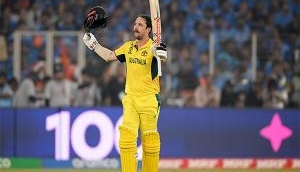
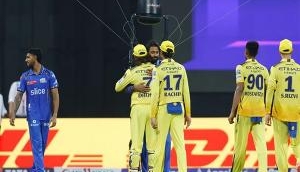

![BJP's Kapil Mishra recreates Shankar Mahadevan’s ‘Breathless’ song to highlight Delhi pollution [WATCH] BJP's Kapil Mishra recreates Shankar Mahadevan’s ‘Breathless’ song to highlight Delhi pollution [WATCH]](http://images.catchnews.com/upload/2022/11/03/kapil-mishra_240884_300x172.png)

![Anupam Kher shares pictures of his toned body on 67th birthday [MUST SEE] Anupam Kher shares pictures of his toned body on 67th birthday [MUST SEE]](http://images.catchnews.com/upload/2022/03/07/Anupam_kher_231145_300x172.jpg)


